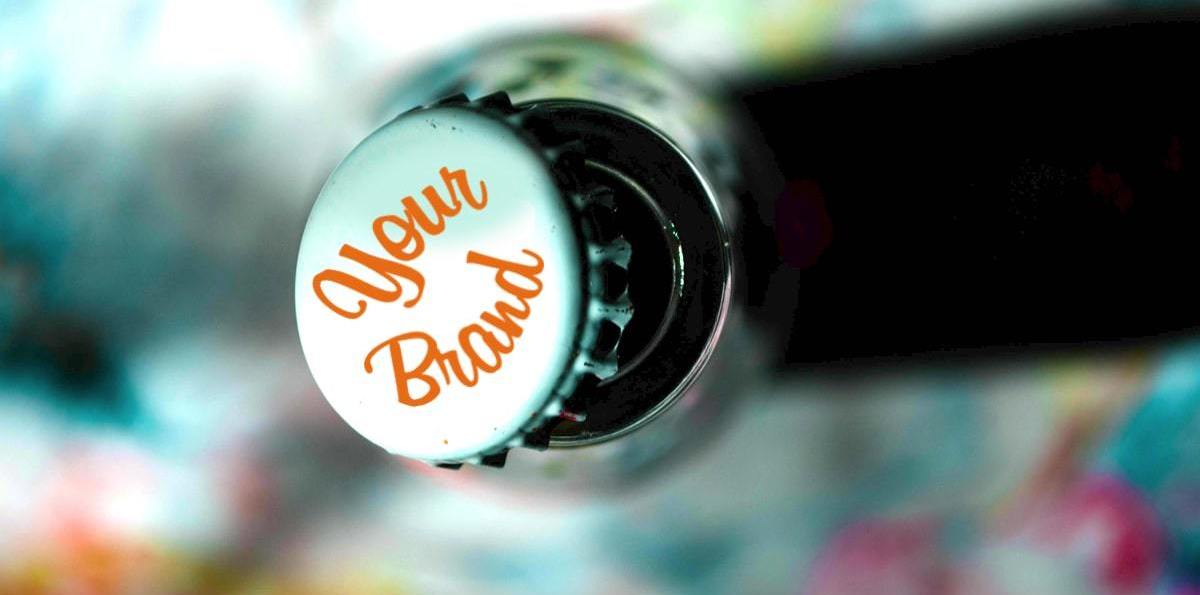Your brand and how to look after it
Posted on 18th September 2023
People, businesses, organisations and even countries have brands. Even if your haven’t done it consciously, you have a personal and probably a professional brand. It might be something deliberately created or it might have grown ‘organically’. And, just like people, brands evolve and develop over time.
Visual identity as a consistent style, a logo or a flag is an important anchor, but is a relatively small part of what a brand is about.
Many brand owners go a long way to protect their brand name and logo, for example. However, they often don’t know much about what their brand means to people who are important to their success. More importantly, they don’t actively manage it.
What does your brand mean?
Because a brand isn’t what the brand owner says it is – as much as they might like it to be. It’s what other people believe it is (thank you Jeff Bezos).
Many brand owners aren’t in control. Their brand isn’t aligned with their own or other people’s views.
Why managing your brand matters
Whenever someone comes into contact with you or your business their experience should be consistent. If it isn’t, it will cause confusion, misunderstanding and even conflict.
It can damage your reputation.
More importantly, customers increasingly want to buy from organisations that reflect their own values and concerns. If your brand isn’t clear or doesn’t represent your true values, you’ll lose valuable long-term customer relationships.
What is your brand?
Many brand owners will engage professionals to develop their ‘key messages’ and their visual identity.
To do this they often spend time thinking about what they represent and what they aspire to be. Ideally, they should also ask the people that are important to their success – their stakeholders – about their views too.
This information is used to develop designs and language that will represent the brand and attract those all-important stakeholders. It underpins decisions about strategy, marketing, promotion, recruitment and product or service development. So far so good.
The difficult part is creating something coherent from what are likely to be differing opinions, from many viewpoints. The risk is that the result will be a compromise.
Clarity, focus and intent can all be affected. Many attempts to define or develop a brand falter at this point and often fail.
How does managing your brand character help you?
By regularly reviewing five key elements of your brand’s character, you can gain a useful picture of where you are and the areas that you can develop. The more people you involve, the clearer the picture will be.
What you learn with our Brand Character tool
Analyse your feedback to gain an overall picture of the views of key people like investors, customers, employees and suppliers. Based on their knowledge of your business, you can then develop plans to take control of your brand.
Repeat the exercise regularly and you’ll see your brand take shape. Then you can decide what to do next to achieve your goals and strengthen your brand.
If you’re interested in creating, developing or extending your brand talk to us about our easy to use Brand Character tool.
Tagged as: brand, strategic commuinications
Share this post:






